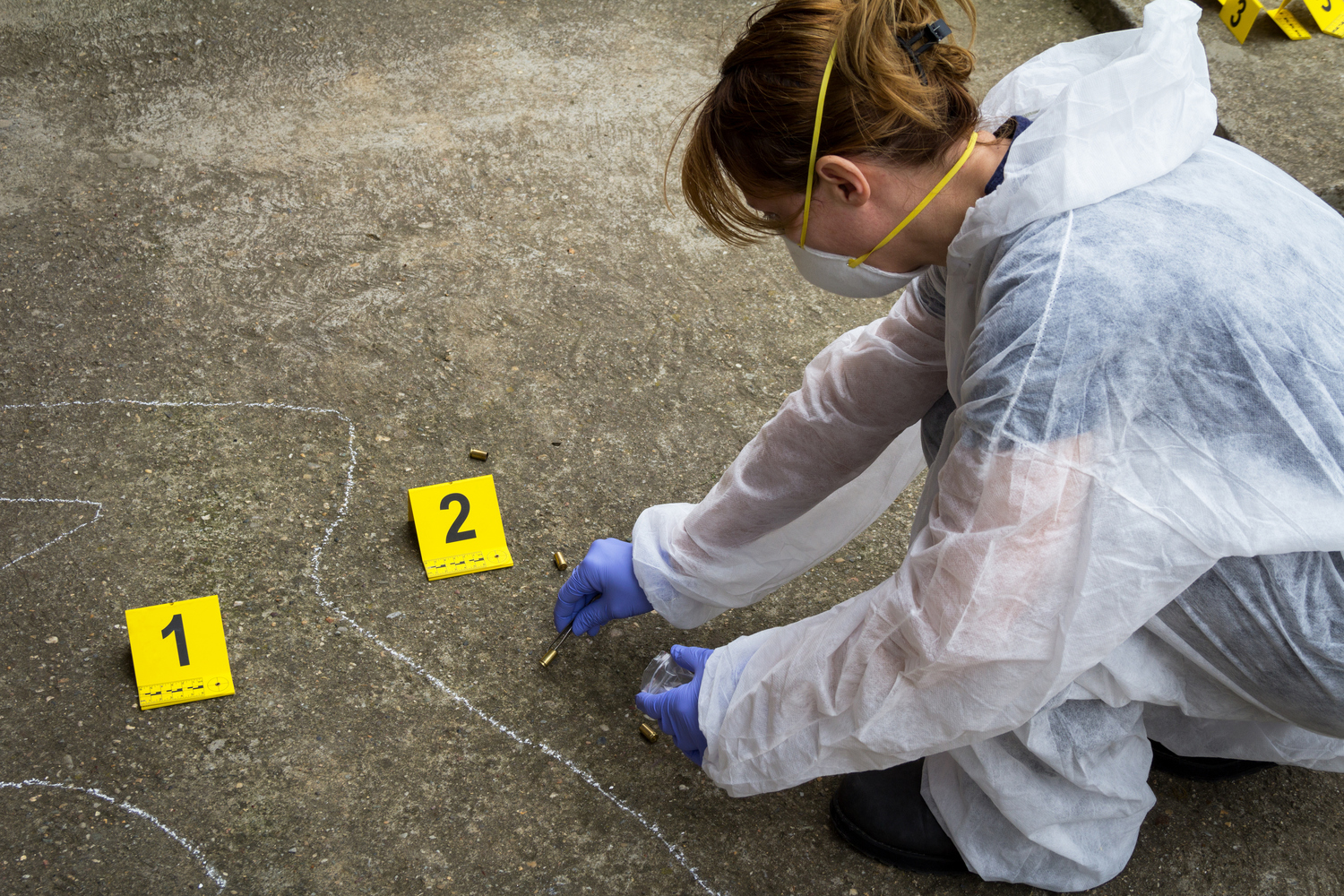How to document a crime scene: what critical aspects of evidence collection must be included?
Crime scene documentation is a systematic and multifaceted process. Because a crime scene investigator’s “work product” is a public record that will likely be featured in some level of court proceeding, it is essential that documentation be thorough and transparent. The old saying, “if you don’t write it down, it didn’t happen,” is instructive here. It is equally important to remember that the end users – the jurors – cannot visit the active crime scene and make their own observations. They are entirely reliant on the exhibits offered at trial. So, how to document a crime scene? What are the most crucial pieces of evidence that must be collected & documented?
Critical aspects of Crime Scene Documentation:
- Crime Scene Photography
Photography is the primary tool & the first step in how to document a crime scene. No matter how good one is at describing something to a jury, a photograph resonates far better than the spoken word. With that in mind, every inch of the crime scene must be photographed, preferably from multiple angles. Steps taken to process the scene for latent prints, DNA, and other evidence should also be photographed, as should the results of such processing. Any time there is a chance that something can be altered, it should be photographed first, and if indeed altered, photographed afterward. For additional information, read our article on “The three types of photographs taken at crime scenes.“
It is common to complement still photos with video recordings. Properly recorded videos can convey a first-person viewing experience to a juror; however, that experience is restricted to the camera operator’s point of view. Camera shake and speed of zooming and panning can make a video difficult to watch. Spherical photography is a useful replacement for videography, as most crime scene videos record stationary objects in relatively small spaces. Spherical photographs immerse the viewer in the center of the image, allow for 360 degrees of panning in any direction, and permit the viewer to zoom as desired. Viewers can absorb information at their own pace. With a system like OSCR360, judges, juries and witnesses can go back to the scene of the crime, and have the most true and accurate representation of the scene.
Photographs capture all aspects of the crime scene, as well as every item contained therein. While this thoroughness is necessary, it can also introduce confusion. Not every object depicted in a photograph is evidence. Jurors can easily experience information overload after viewing numerous photographs. To simplify the scene and explain investigative steps, a sketch and scale diagram will often be created. The sketch will usually be included in the investigative file but not necessarily offered as a demonstrative exhibit. It will show a general outline of the scene and include relevant items of interest. Extraneous objects will be excluded. The scale diagram will contain the information in the sketch, but it will be drawn neatly and to scale. It will commonly be created using CAD software.
- Measurements
Measurements are the raw data required to create a sketch or diagram. Measuring tools range from tape measures to total stations to laser scanners. Output ranges in complexity from simple hand-recorded dimensions to data-rich point clouds. Regardless of format, and whether or not a sketch or diagram will be produced, the measurements themselves must be preserved for examination.
- Evidence Collection
Evidence collection occurs after photographs, video, and measurements have been completed. Chain of custody must be foremost in the mind of the investigator. Each item of evidence must be accounted for from the moment the investigator first arrives at the scene to the moment the item is presented in court. Typically, some sort of inventory form follows each item of evidence from its time of collection to its final disposition. This includes periods of time when evidence is stored by the departmental property clerk or held for examination at the crime lab.
- Written Reports
A written report will ultimately document all observations and actions taken at a crime scene. Source information for this report may consist of notes, in addition to the photographs and other documents described above. Some investigators painstakingly scribe all of their actions and observations into written notes, while others prefer to take copious amounts of photographs which they then use to refresh their memories while writing their reports.
Keep in mind, once you are done documenting the scene, investigators often need to prepare these items for the courtroom. If you processed a scene, you must be prepared to testify to your evidence collection techniques. Courtroom testimony must always be in the back of your mind during crime scene documentation. If you have additional questions on how to document a crime scene, feel free to reach out to any member of our Law Enforcement Support team.
